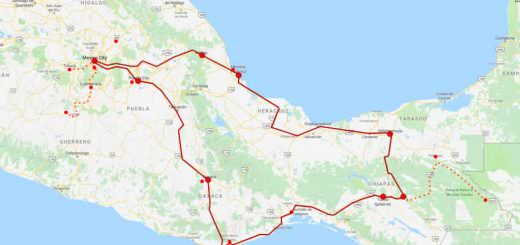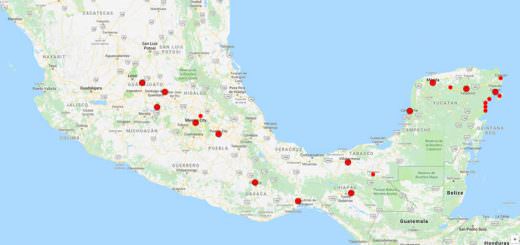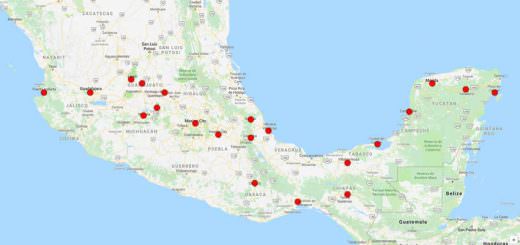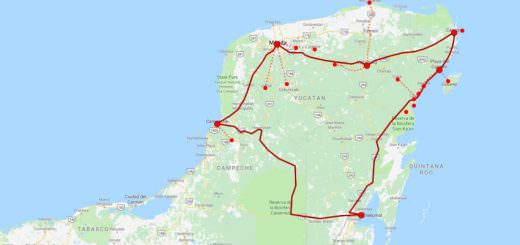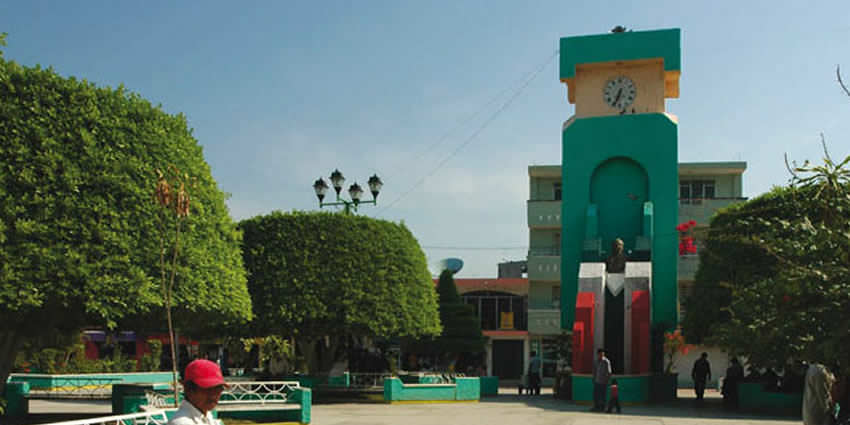
Escárcega
Escárcega is a small town located in the southwestern part of the Mexican state of Campeche. Situated in the Yucatán Peninsula, this town is strategically placed as a gateway to the region’s natural wonders.
The town of Escárcega grew up in the 20th century with the arrival of the railways and roads.
Escárcega boasts diverse landscapes, from lush tropical rainforests to fertile plains. Its proximity to the Calakmul Biosphere Reserve, one of the largest tropical forests in Mexico, makes it a prime destination for nature enthusiasts.
The town is surrounded by rich biodiversity, including exotic flora and fauna.
Weather & Climate
The climate in Escárcega is classified as tropical monsoon. Expect hot and humid weather throughout the year, with temperatures often reaching above 32°C. The rainy season extends from June to October, bringing heavy downpours.
The dry season, from November to May, offers more pleasant conditions for outdoor activities.
The best time to visit Escárcega
The best time to visit Escárcega depends on your preferences.
If you enjoy lush, green landscapes and don’t mind occasional rain, plan your trip during the wet season.
For more comfortable weather and easier exploration of natural reserves, the dry season from November to May is ideal. Remember that this period can get quite hot, so be prepared with sunscreen and appropriate clothing.
Origin of the name
The town of Escárcega is named after Francisco Escárcega, a native of Tlaxcala who fought in the Mexican Revolution and oversaw the construction of much of the rail network in the country’s southeast.
History & Timeline
Pre-Columbian Era: Before the arrival of Spanish explorers, the area around Escárcega was inhabited by various indigenous peoples, including the Maya. Evidence of ancient Mayan settlements can still be found in the surrounding regions.
16th Century: With the Spanish colonization of Mexico in the 16th century, the area fell under Spanish control. It became part of the vast Yucatán Peninsula, which was explored and settled by Spanish conquistadors.
19th Century: During the 19th century, as Mexico gained its independence from Spanish rule and underwent various political changes, the region around Escárcega experienced shifts in governance and land ownership.
20th Century: Escárcega gradually developed as a town in the early 20th century, primarily due to its strategic location as a transportation hub, thanks to the construction of railways connecting it to other parts of Mexico.
How to get there?
Today, Escárcega continues to be a significant transportation hub in the Yucatán Peninsula, connecting travelers to various attractions in the region, including the nearby Calakmul Biosphere Reserve.
Buses from Campeche (2:10 hours) run a few times a day.
Taxi from Campeche (2:05 hours).
Buses from Chetumal (3:50 hours) run 4 times a day.
Taxi from Chetumal (4 hours).
Buses from Bacalar (3:15 hours) run 5 times a day.
Buses from Villahermosa (4:05 hours) run 4 times a day.
There are a few additional buses that run just once a day.
Taxi from Villahermosa (4 hours).
Bus from Ciudad del Carmen runs via Campeche (6:10 hours).
Let us know if this article was useful for you


















